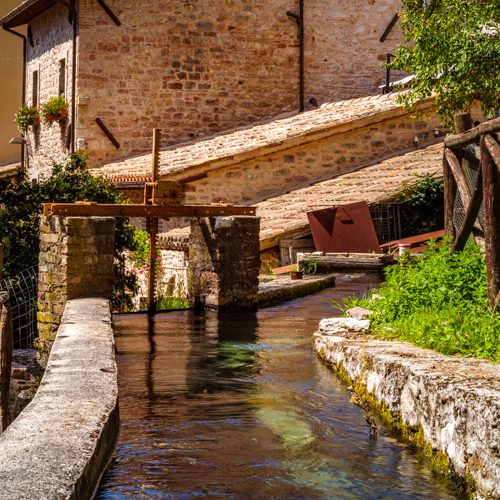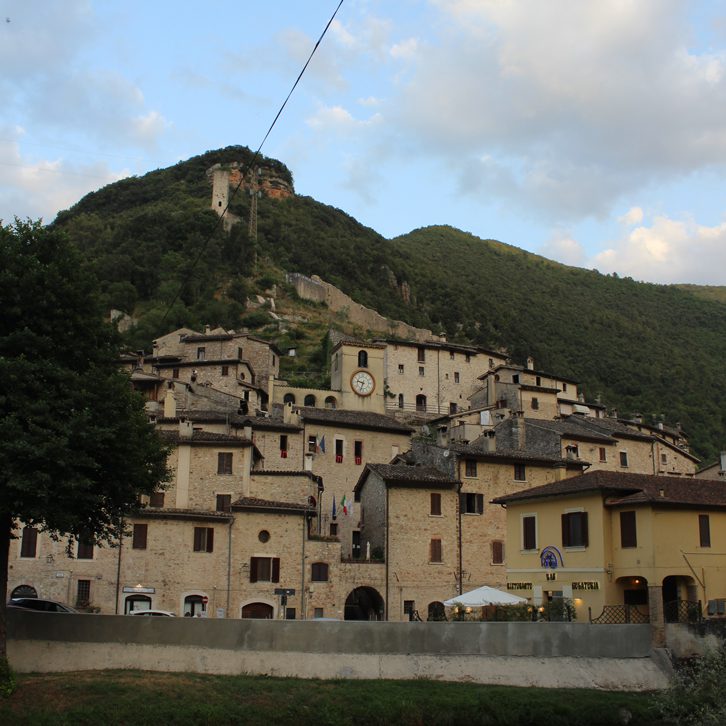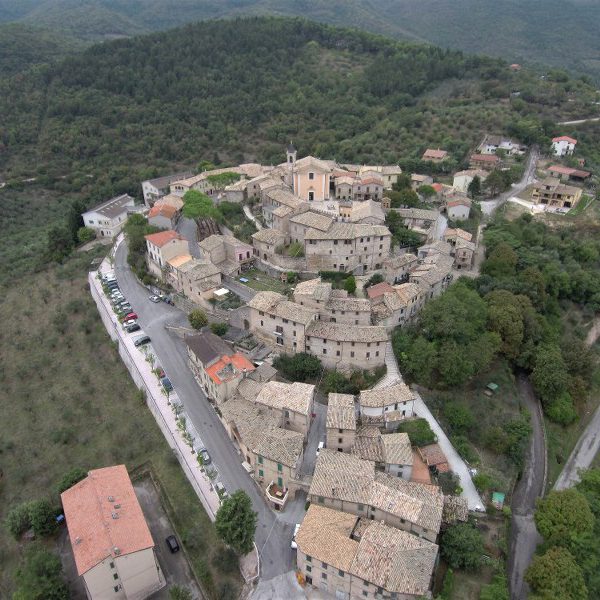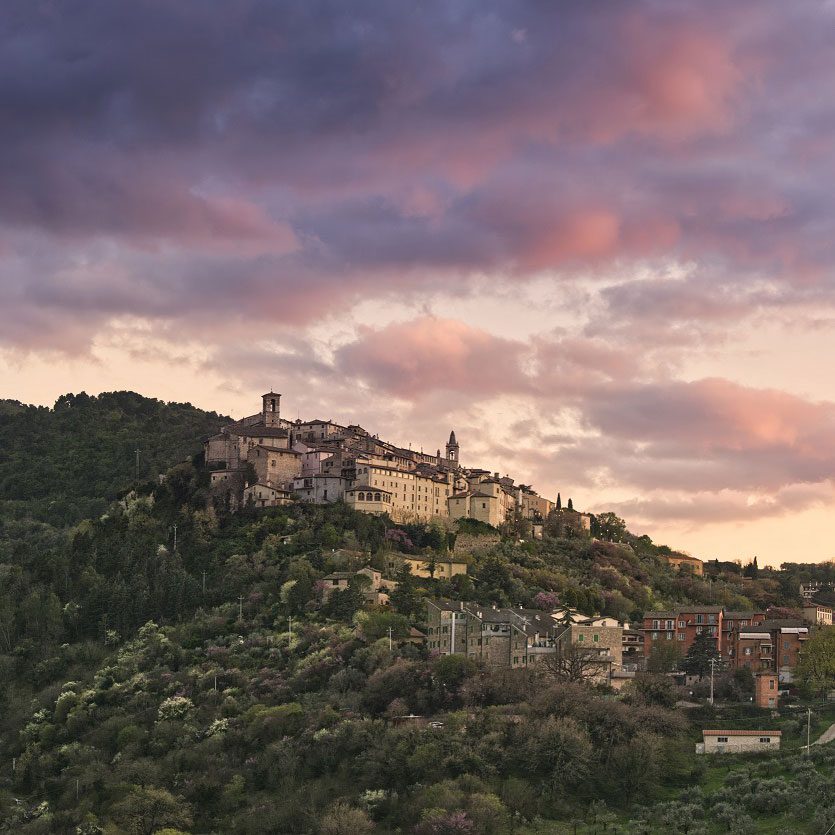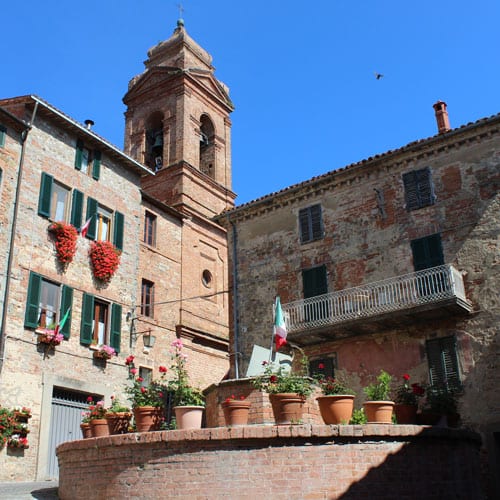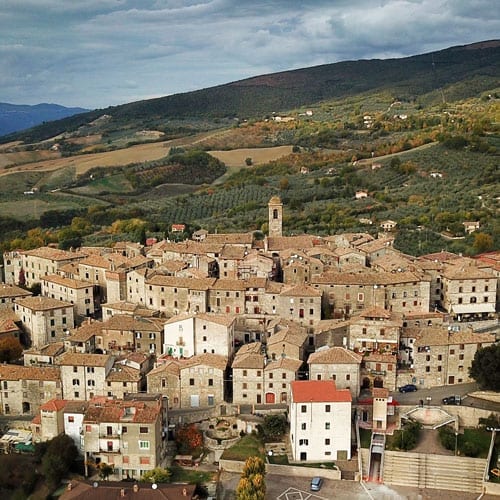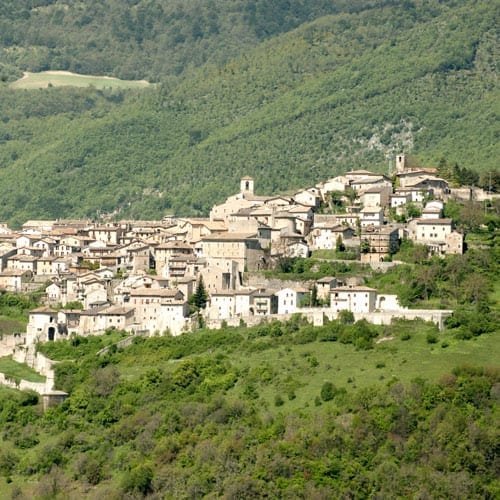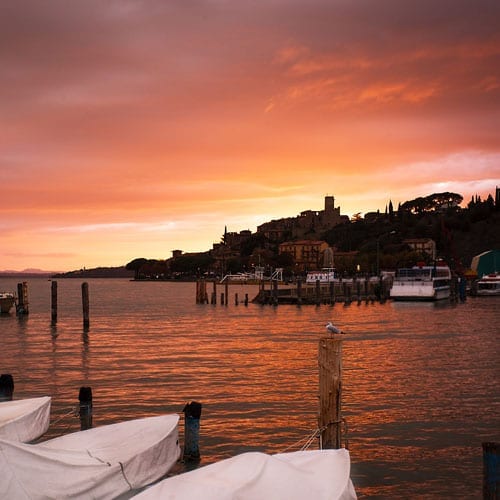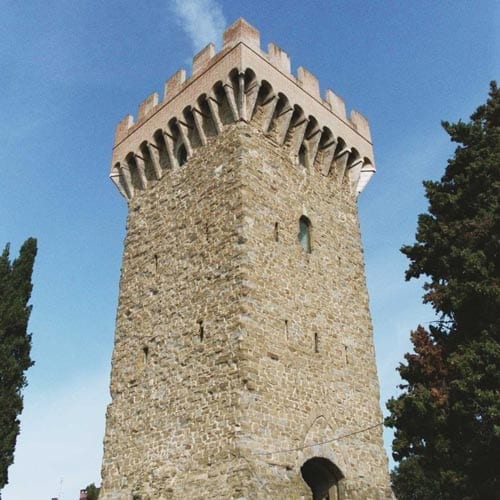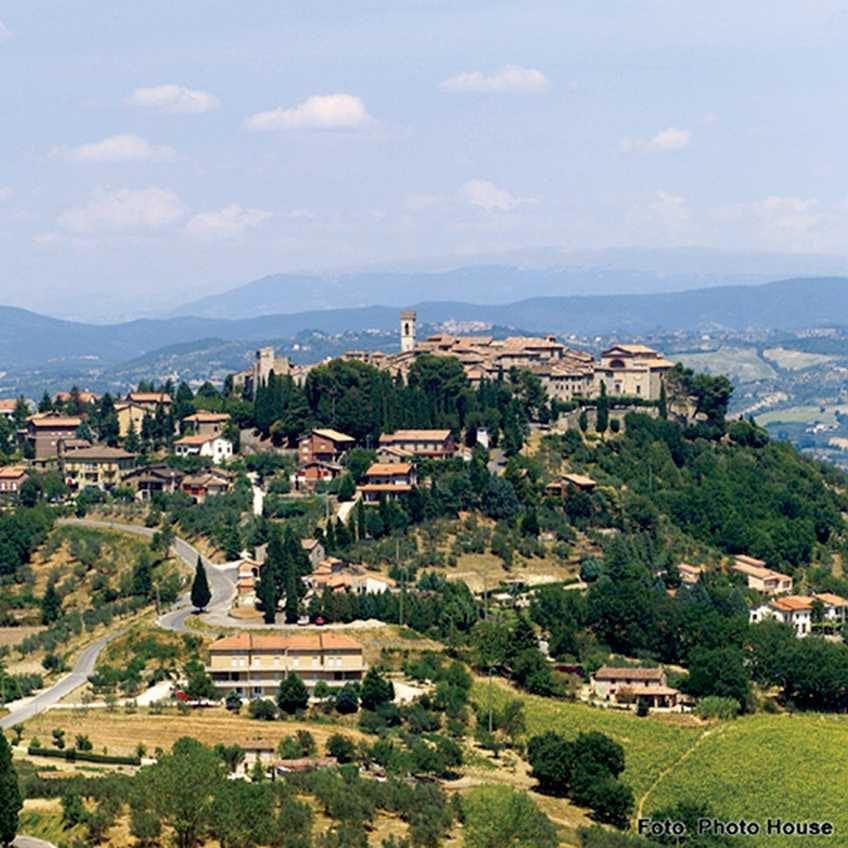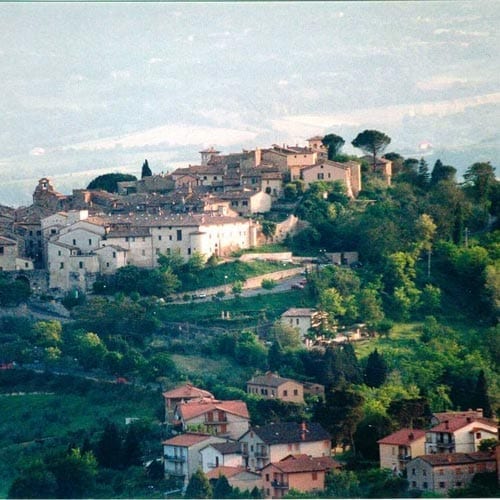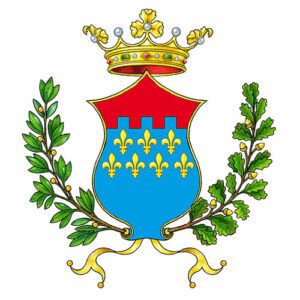 Nocera Umbra
Nocera Umbra
MUNICIPALITY OF nocera umbra
(Province of Perugia)
AltitudE
m. 520 s.l.m.
POPULATION
6175 (259 nel borgo)
patron
San Rinaldo, 9 febbraio
tourist information
Comune, piazza Caprera 5,
tel. 0742 834011

Water, air and land are the resources of Nocera Umbra. The beneficial properties of its numerous springs have been known since the times of San Francesco. Popes and intellectuals have frequented of its famous thermal baths, the Bagni di Nocera since the 17th century. Its uncontaminated environment and healthy air lends itself to walks with many places to discover, such as the Castle of Salmaregia, the Ferce di Bagnara Waterfalls, the villages of Sorifa and Boschetto where the Rio Fergia flows. The land is suited to cultivation and animal farming, a white clay with healing virtues and beautiful plateaus such as Collecroce or Mount Alago, landscapes where time passes slowly. The historic centre was closed for two years after the devasting earthquake of 1997, all public and private buildings within the citywalls have been faithfully rebuilt. Among the most valuable: the Cathedral dedicated to the Assumption, of Romanesque origin; the Church of San Filippo, in neo-Gothic style with a large rose window on the façade; the Campanaccio, the 11th century civic tower; the neo-Gothic Church of San Filippo (1868) and that of Santa Chiara. There are other wonderful things to see: the beautiful Piazza Caprera, the ancient wash-houses, the 17th century arcades of San Filippo, the Old Gate and the Municipal Theatre.
Must-see
•The Church of San Francesco (1368) is now a gallery hosting masterpieces including Polyptych of Nicolò di Liberatore called “l’Alunno” (1483).
•The Archaeological Museum exhibits artefacts from the Stone Age, the Middle Bronze Age and the Middle Ages. It has an important collection of Longobard artefacts from the necropolis of Portone.
•The Telaio Umbro Association preserves the area’s textile arts techniques and exhibits fabrics and designs from the ancient looms of the 17th century Poor Clares’ Monastery.
•Festa delle Acque, July: a program full of events to celebrate the city of waters.
•Palio dei Quartieri, the first week in August: three districts compete against each other in various challenges including historical re-enactments, theatre performances, games and dinner.
•Cavalcata di Satriano, early September: an historic cavalcade, retracing Saint Francis’ journey from Romita di Nocera to Assisi in 1226.
Local specialities come from the woods: mushrooms, black and white truffles. Wild greens are used to prepare the biscio, a sort of strudel made with ricotta and cheese. Other products include olive oil, pork, wild boar, cured meats, cereals, lentils and cicerchie.
Trekking in the surroundings between springs and aqueducts.


